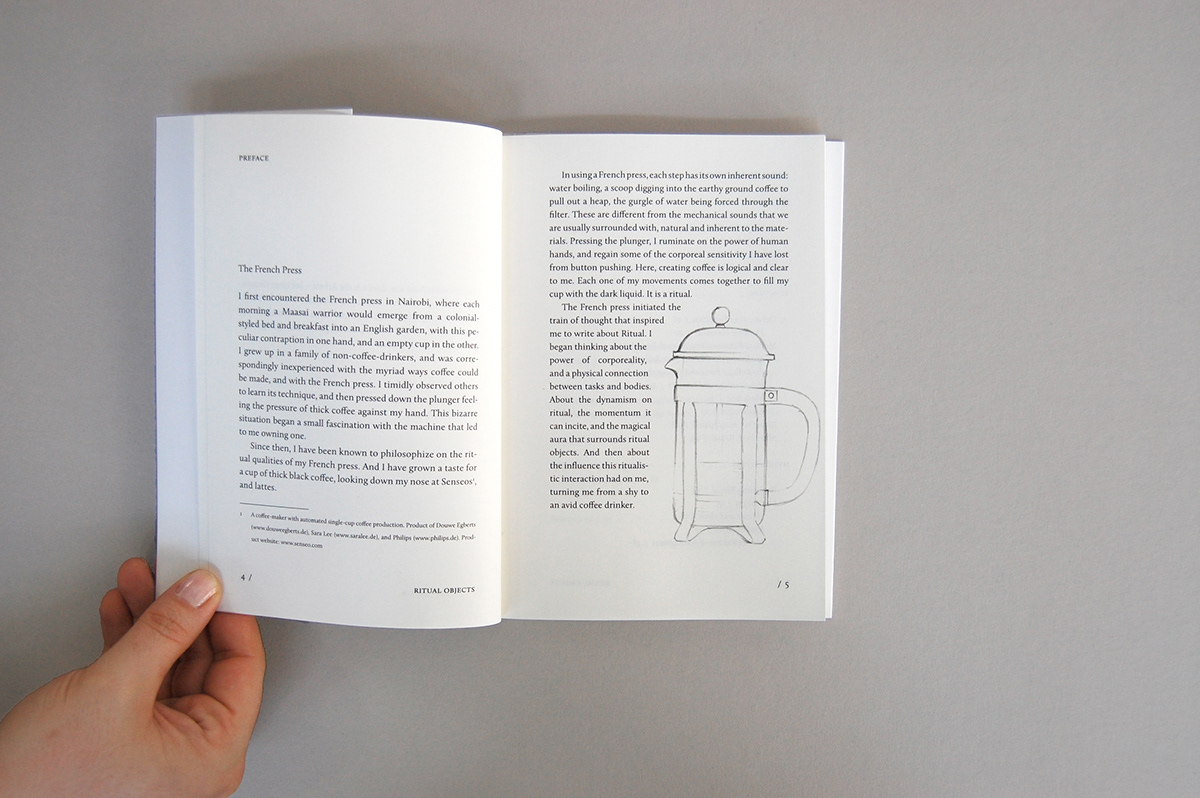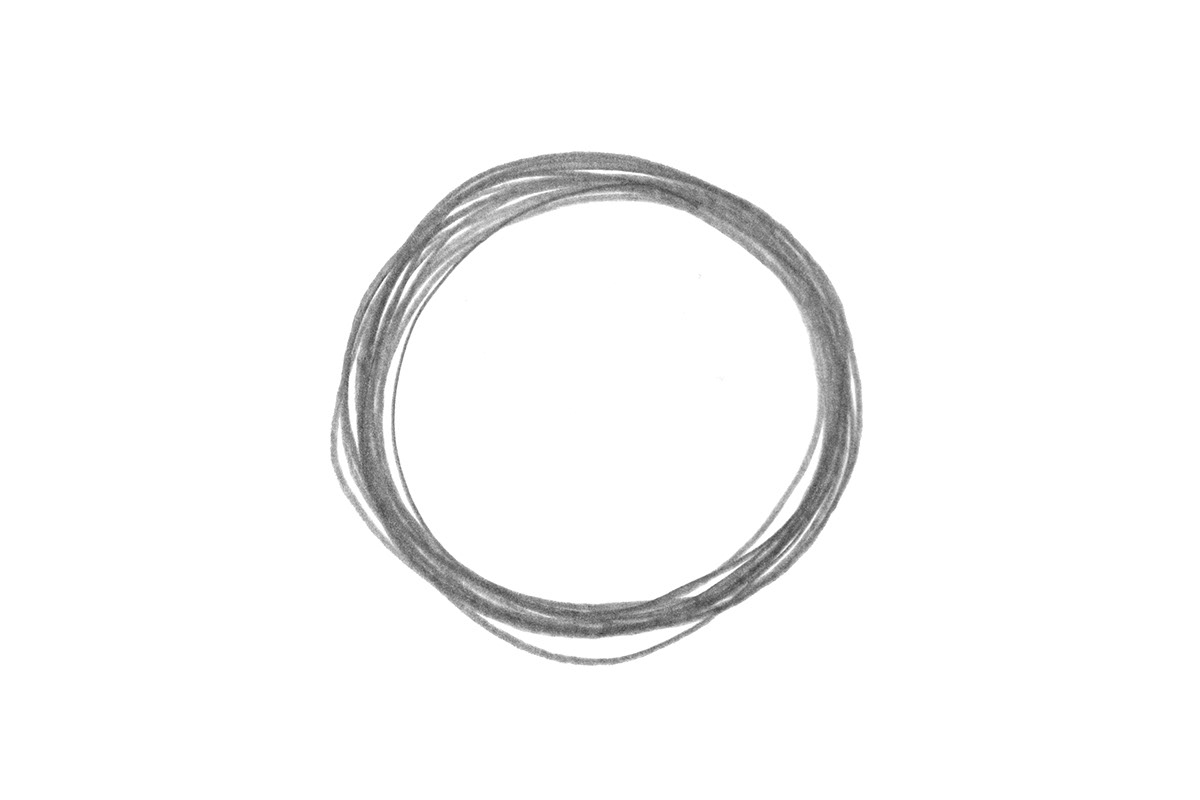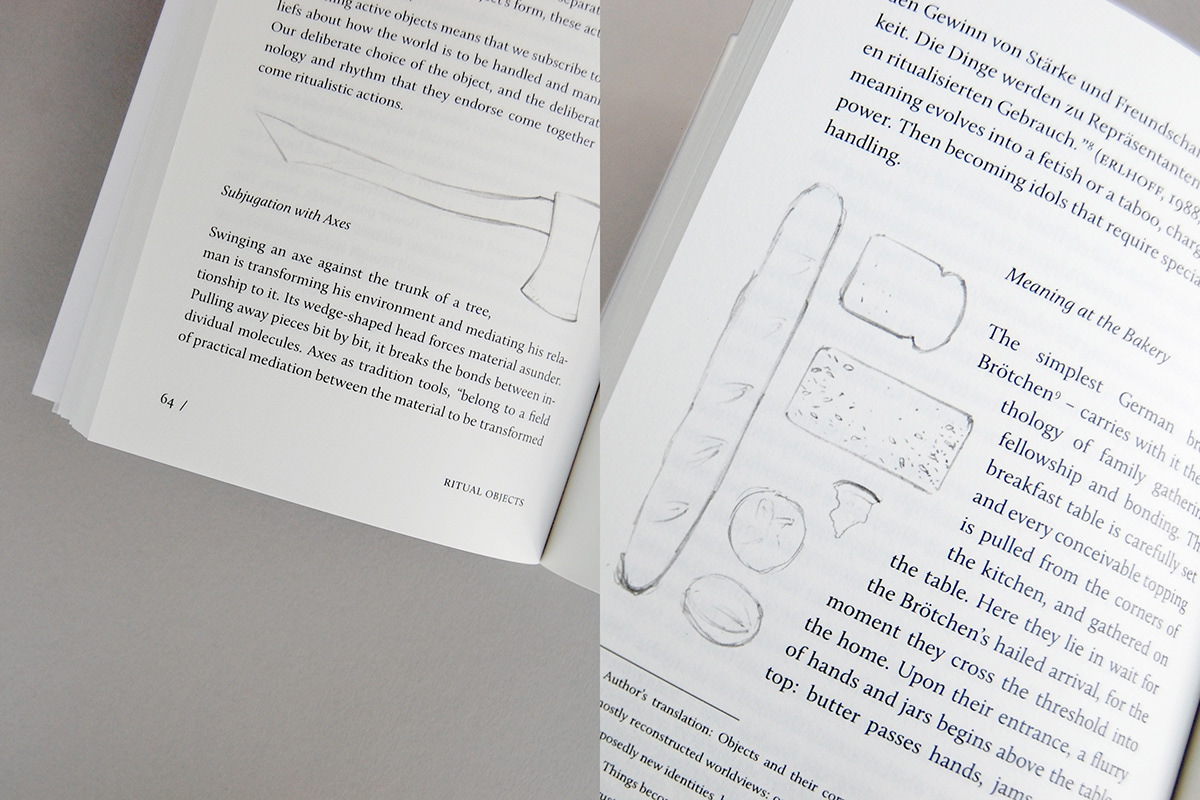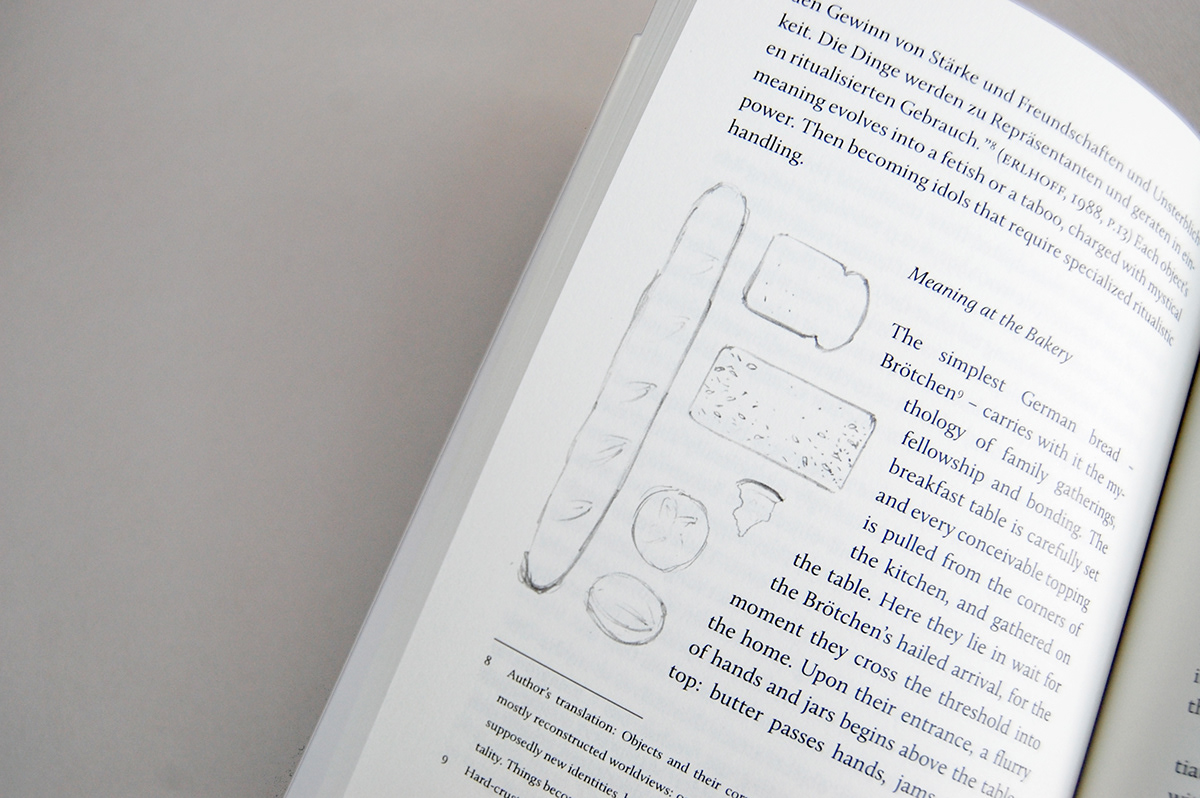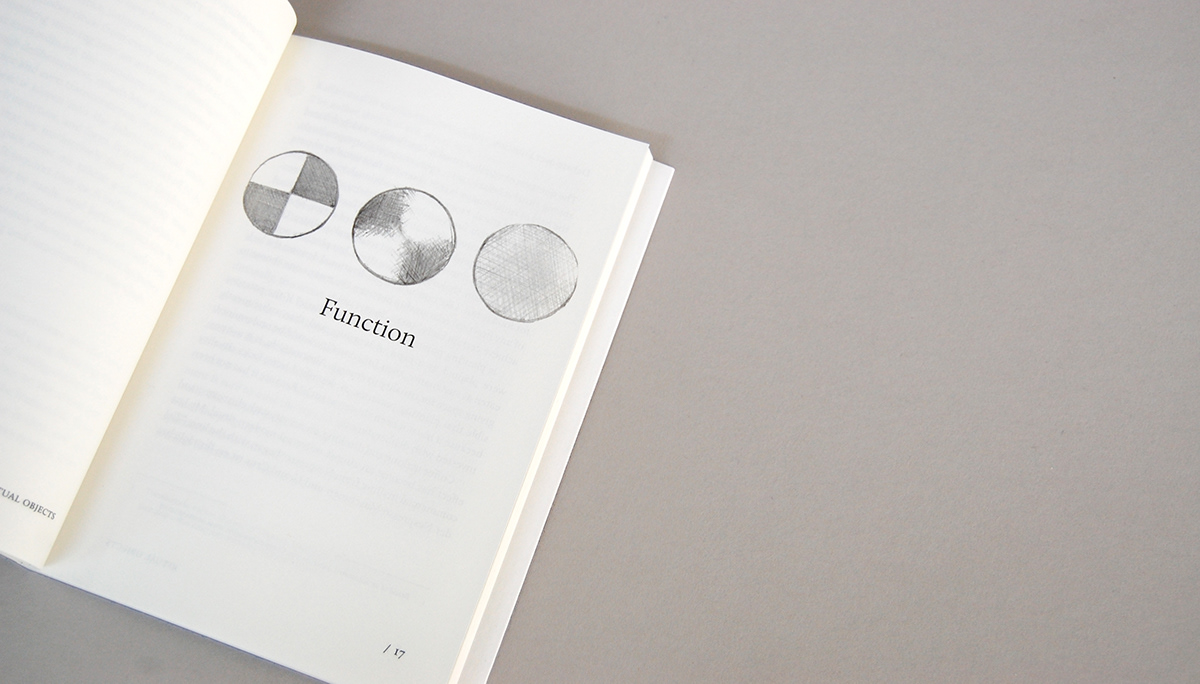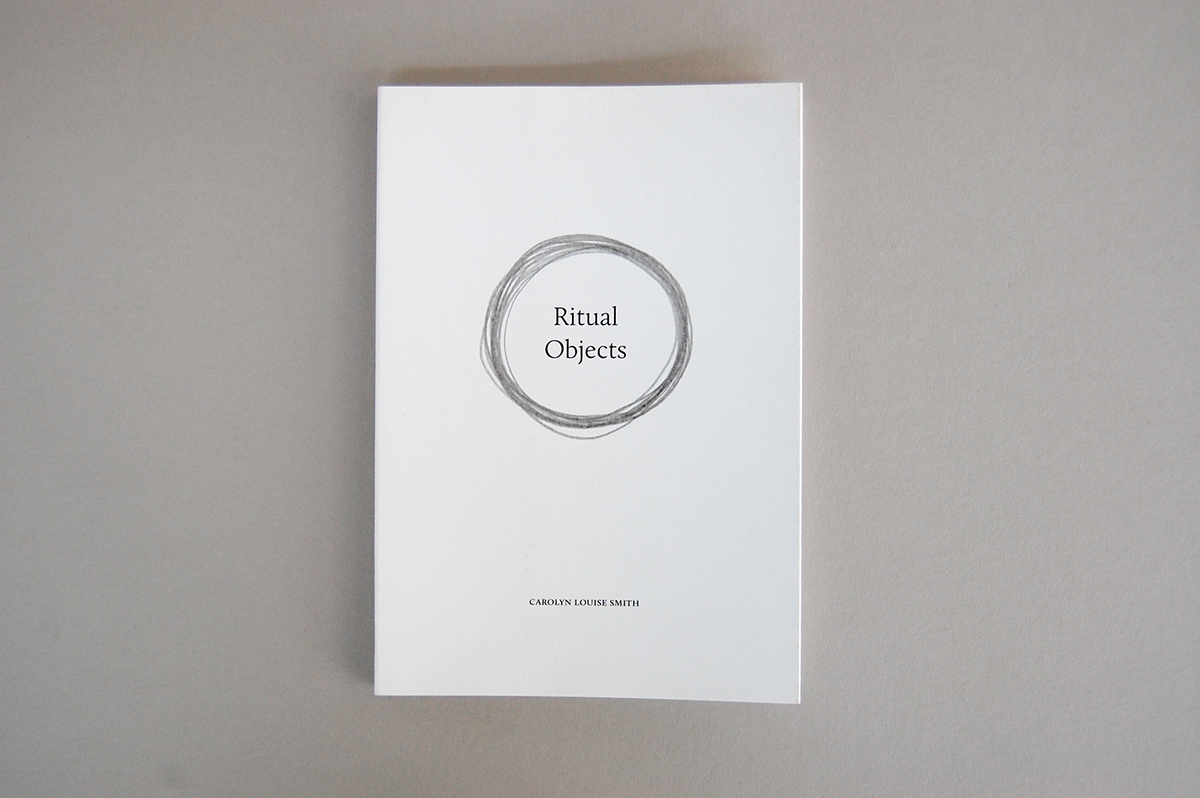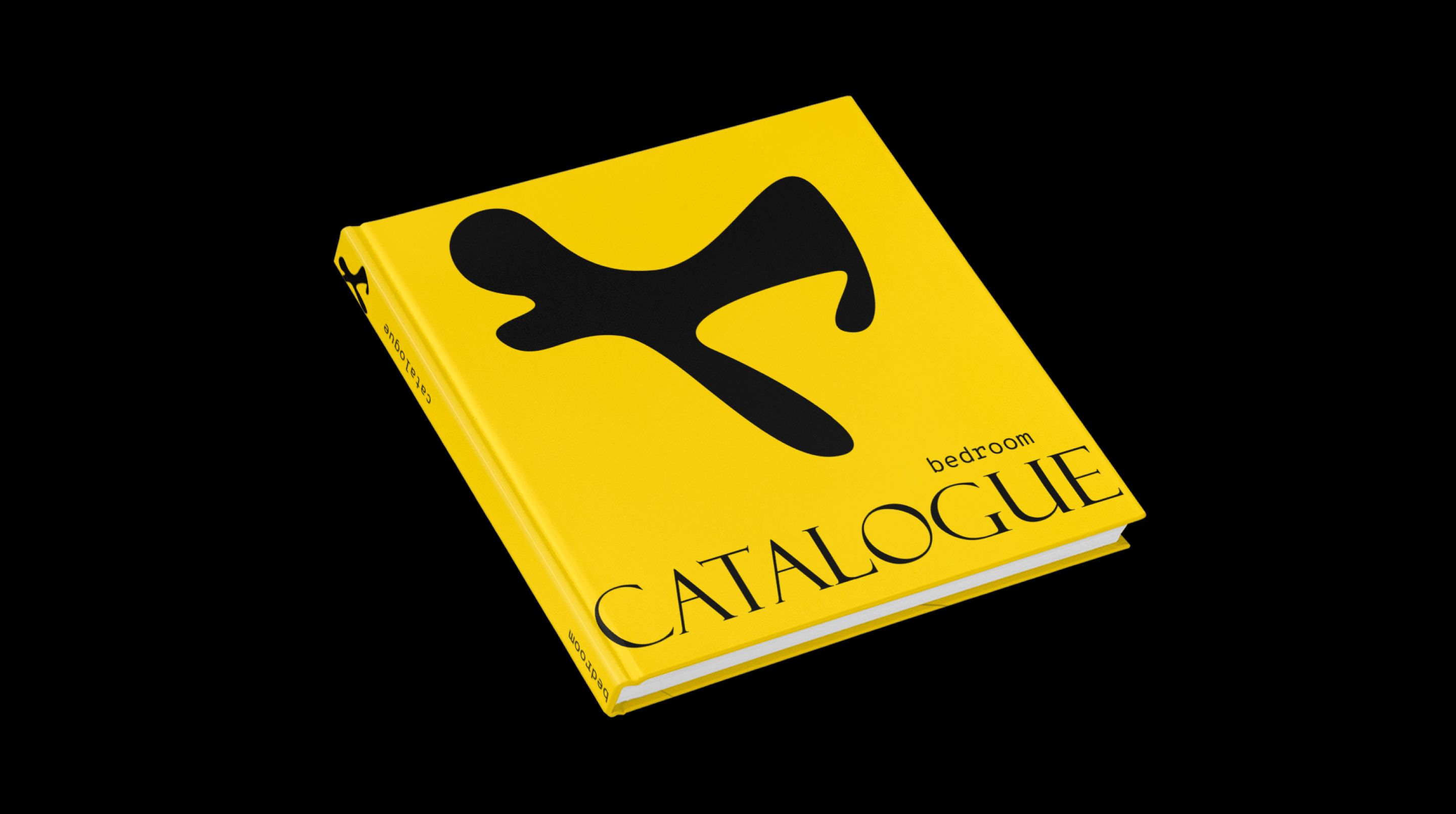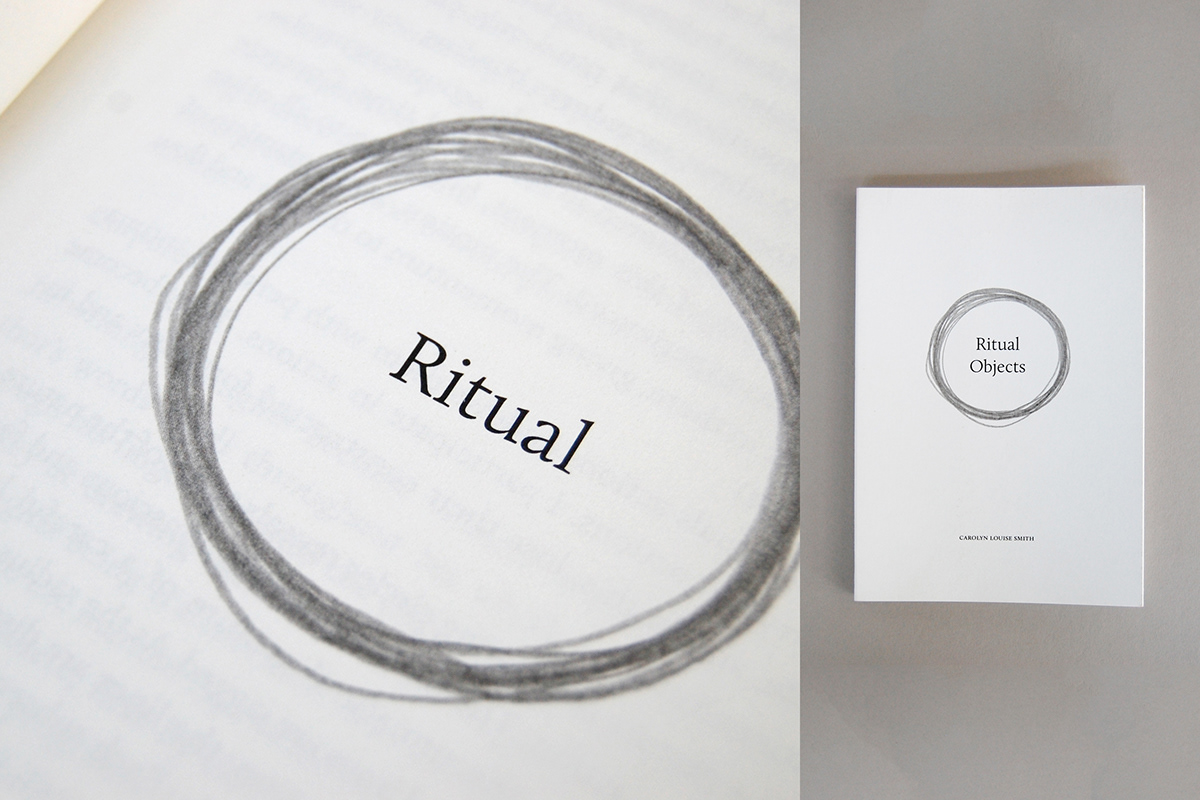
Certain objects are capable of elevating daily habits into the realm of ritual. A coffeemaker can instigate of a morning ceremony of concentration. Checking one’s wristwatch can be a ritual reflection of one’s mortality. With a focus on the outwardly banal, my work looks for meaning in everyday activities, and power in common objects.
Understanding ritual as a means toward negotiating one’s identity in the world, this dissertation looks at the role objects and the designers of those objects can play in this process. The work unearths ritualism as an inherent quality of objects, and argues that designing ritual objects is a matter of understanding and amplifying their existing ritual properties.
Summary
Can ritual be designed?
Rituals are reiterated actions. Rituals are corporeal. And rituals are deliberate. These three qualities are the threads that run through ritual and tie them together as a category. While ritual seems mystical and untouchable each of these qualities reveals its as normal and attainable—thereby designable.
Rituals’ Function
Through ritual we negotiate our identities, seeking out our place in relationship to others, self, society and the outside world. Be they rites of passage or religious ceremonies, all rituals function to this end—creating equilibrium between the individual and the whole. In this, ritual runs parallel to design. In a broad sense, both are in service of humanity.
Ritual and Mythologies
Rituals appear mystical through their alignment with what we understand to be universal truths. Yet, we do not and cannot comprehend the intricacies of human life, society, or the universe. Instead, we build myths—a composite of our knowledge, and the assumptions with which we reconcile the gaps. Ritual derives its form—its pace, chronology, composition and outcomes - from these assumptions, whether the ritual revolves around the sun, a deity or your mobile phone.
Objects are Inherently Ritualistic
As self-contained compositions of matter and in their positioning within our culture, objects are innately ritualistic. Through function they are active, and support our pursuit of equilibrium. We hold them, come into contact with them, and become invested in them corporeally. Through our choosing to own or use them, objects gain deliberateness. And they remind us of our convictions when we are attentive to the myths they represent.
Designing Ritual Objects
In ritual, objects are mediators. They influence and improve human experience—a purpose that closely corresponds with the purpose of design. Since ritual qualities are ingrained in objects, product designers need not invent rituals to surround their work. Instead, designers are best served by drawing from a product’s existing ritualism—communal mythologies or the logical corporeality of actions—and enhancing those qualities in their design decisions. Allowing the ritual object to gain its status as such in the hands of the user, and not the constructs of the designer.

